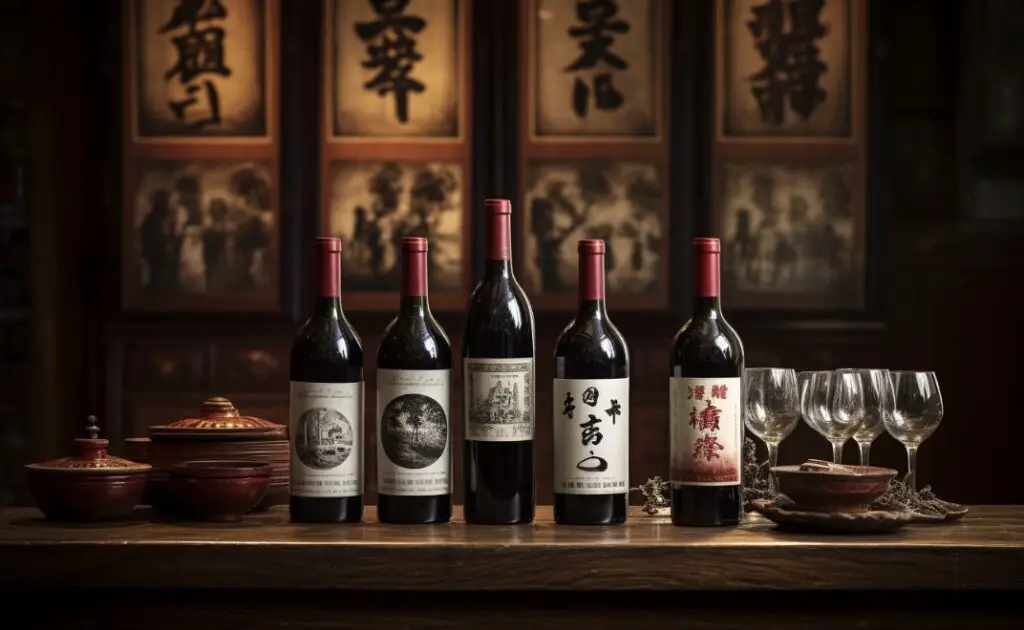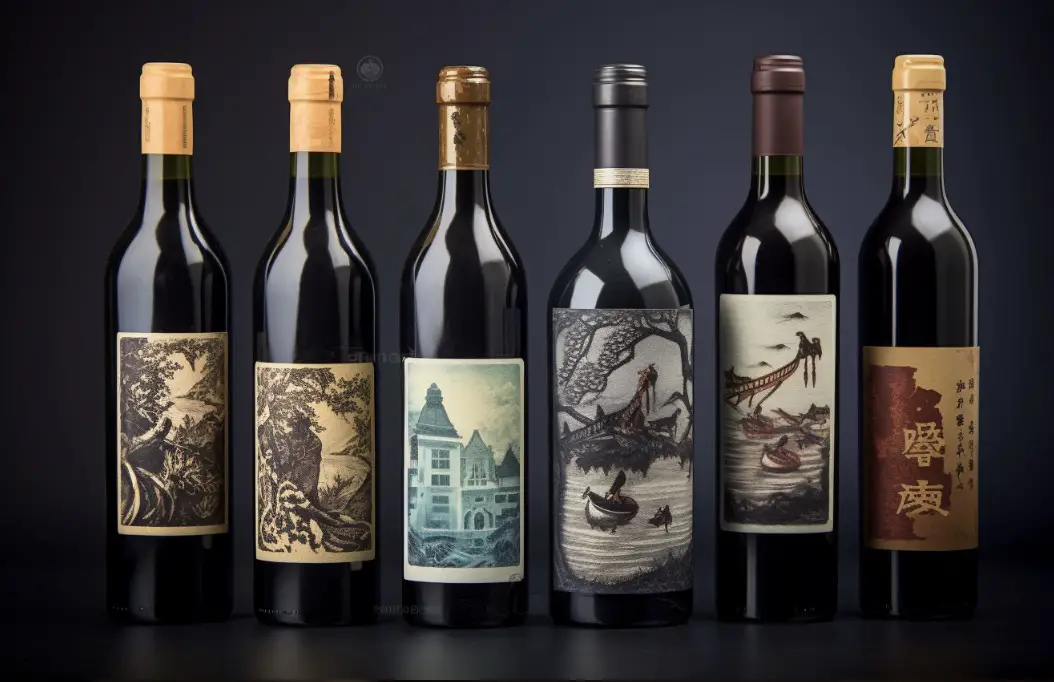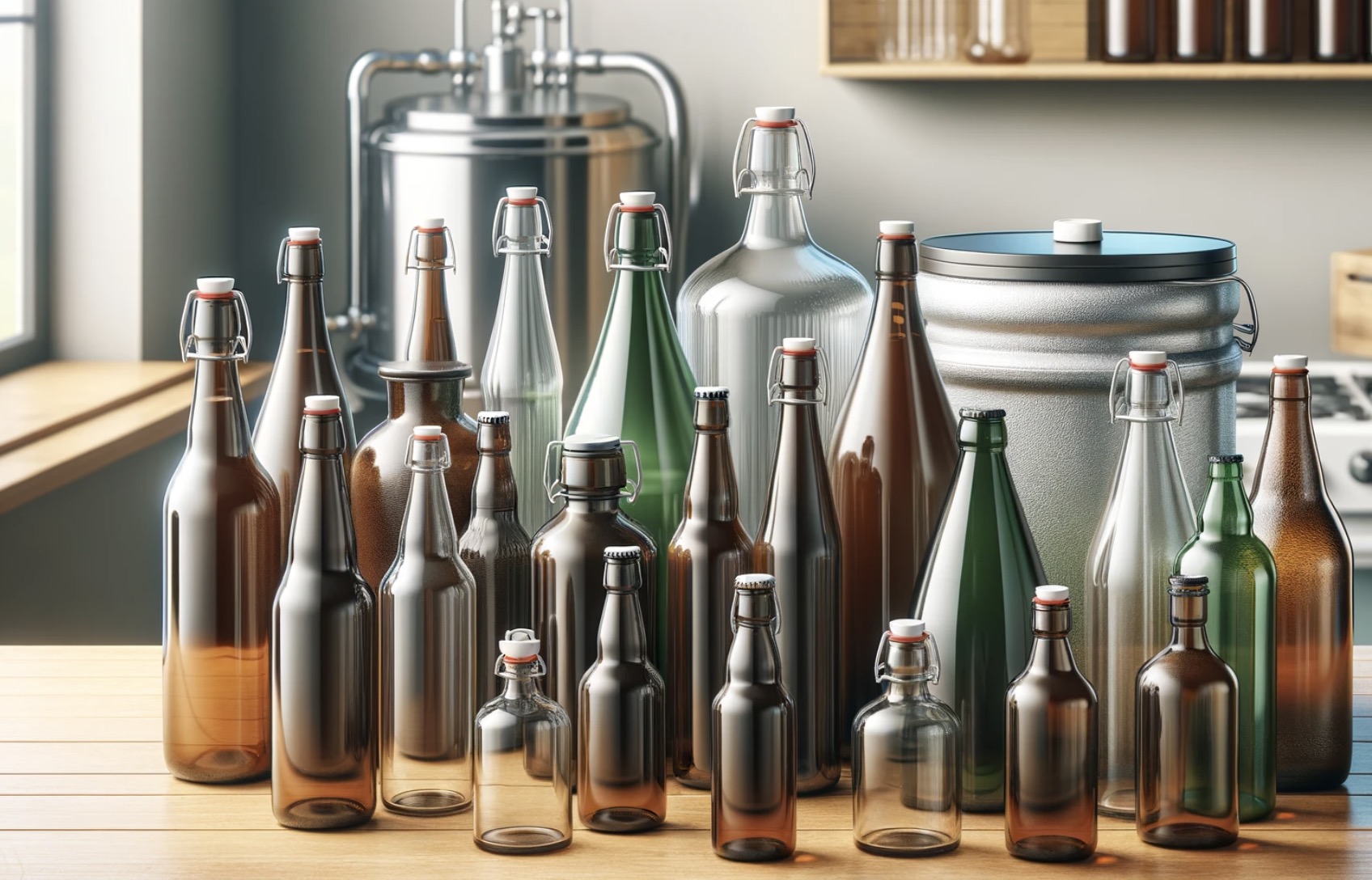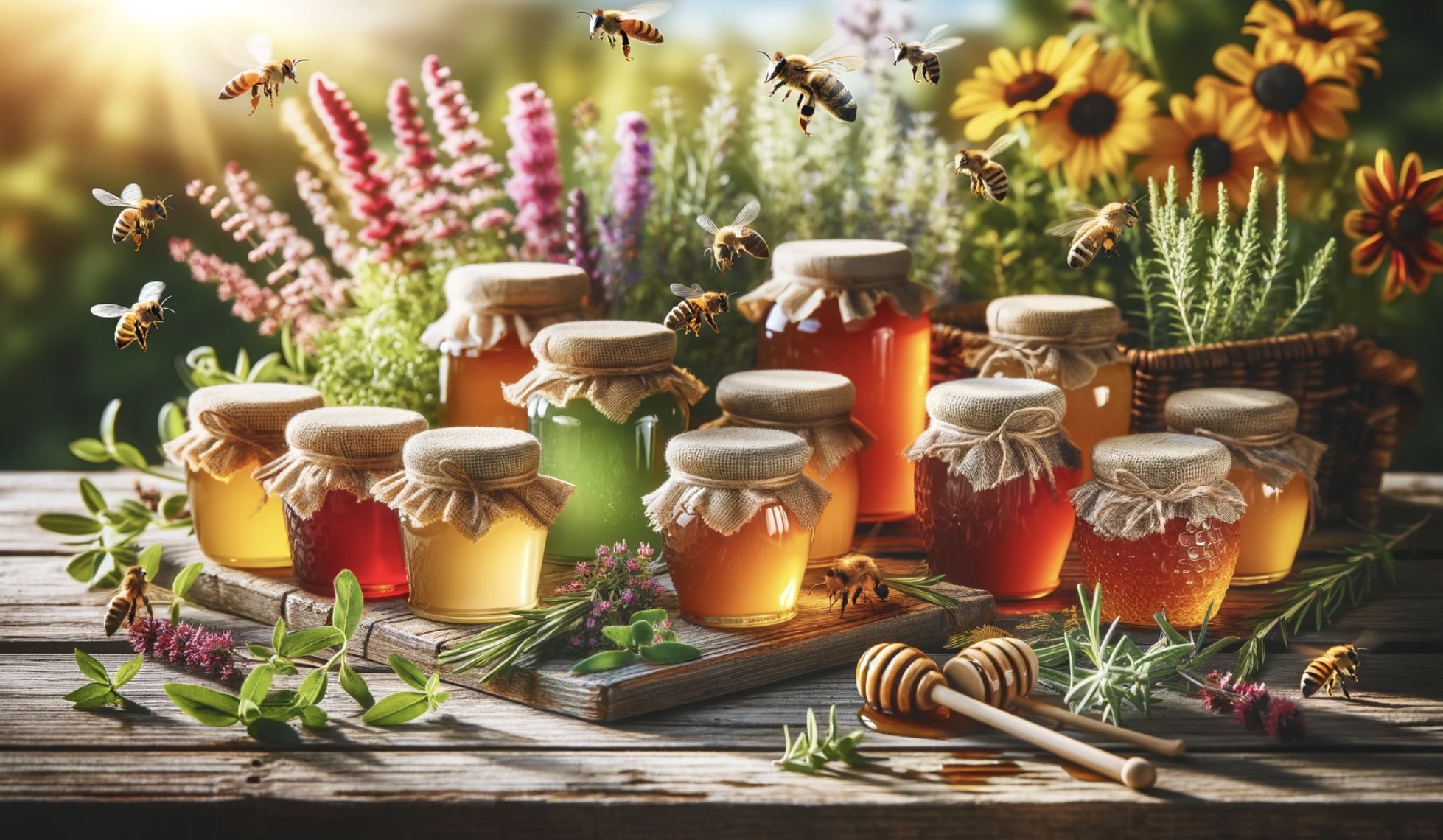Shaoxing wine is a famous Chinese cooking wine that has been used for centuries in various dishes and sauces. It is made from fermented rice and has a unique, rich flavor that adds depth to many recipes.
Many people wonder how long does Shaoxing wine last and how to store it properly. In this blog post, we’ll explore the shelf life of Shaoxing wine, how to store it, and how to tell if it has gone bad.
Shaoxing wine can last for several years if stored properly. However, its quality and flavor may change over time, so it is best to use it within one to two years.
What is the shelf life of Shaoxing wine?
Shaoxing wine can last for several years if stored correctly. However, its flavor and quality may change over time, especially if exposed to heat, light, or air. Therefore, it is best to use Shaoxing wine within one to two years for optimal taste and quality.
Shaoxing wine, also known as Shaoxing rice wine, is a type of Chinese rice wine that originates from the Shaoxing region in Zhejiang province. This traditional wine has been produced for centuries and is commonly used in Chinese cuisine for cooking, marinating, and drinking.
The shelf life of Shaoxing wine can vary depending on the specific brand, production method, and storage conditions.
Generally, unopened bottles of Shaoxing wine can last for up to 10 years if stored properly in a cool, dark place away from direct sunlight and heat sources. The alcohol content and natural preservatives in the wine help to inhibit the growth of bacteria and extend its shelf life.
Once opened, Shaoxing wine should be tightly sealed and refrigerated to maintain its quality.
When stored in the refrigerator, it can usually retain its flavor and quality for up to 1-2 years. However, it’s important to note that the flavor profile of the wine may change over time, and it may lose some of its aromatic qualities.

To ensure the best quality and taste, it’s recommended to consume Shaoxing wine within a reasonable time frame after opening. If you notice any off flavors, cloudiness, or signs of spoilage, it’s best to discard the wine.
It’s worth mentioning that some higher-quality Shaoxing wines, such as aged Shaoxing wine or vintage varieties, can have even longer shelf lives and may improve in flavor with proper aging. However, these specialty wines are less commonly found and are often more expensive.
In summary, the shelf life of unopened Shaoxing wine can be several years when stored correctly, while opened bottles should be consumed within 1-2 years for optimal flavor.
Factors Affecting Shelf Life
There are several factors that can affect the shelf life of Shaoxing wine, including:
1. Storage conditions: Exposure to heat, light, and air can cause the wine to deteriorate faster. Always store Shaoxing wine in a cool, dark place away from direct sunlight and heat sources.
2. Bottle seal: A tight seal on the bottle will help prevent air from entering and causing oxidation, which can alter the flavor and quality of the wine.
3. Quality of the wine: Higher quality Shaoxing wines, especially those aged for longer periods, tend to have a longer shelf life.
History of Shaoxing Wine
Shaoxing wine originates from the Shaoxing region in Zhejiang province, China. It has a rich history dating back over 2,500 years and is considered one of the most prestigious Chinese cooking wines.

Shaoxing wine is often used in traditional Chinese dishes, such as red-cooked meats, stir-fries, and marinades. It is also a popular beverage enjoyed during celebrations and special occasions.
Shaoxing Wine Production
The production process of Shaoxing wine involves fermenting glutinous rice with a unique yeast called “qu.” The fermentation process typically takes around three months, after which the wine is aged in clay pots for various lengths of time. The aging process can range from one year to several decades, depending on the desired quality and flavor of the wine.
How to Store Shaoxing Wine
Proper storage is crucial to maintain the quality and extend the shelf life of Shaoxing wine. Follow these storage tips to keep your wine in the best condition:
1. Keep the bottle sealed tightly: Ensure the bottle is sealed tightly after each use to prevent air from entering and causing oxidation.
2. Store in a cool, dark place: Keep Shaoxing wine away from direct sunlight and heat sources, such as stoves or radiators. A pantry or cupboard is ideal for storing your wine.
3. Store the bottle upright: Storing Shaoxing wine bottles upright can help prevent leakage and reduce the risk of the cork deteriorating.
4. Avoid temperature fluctuations: Sudden changes in temperature can negatively affect the quality of the wine, so try to maintain a stable temperature in your storage area.
How to Tell if Shaoxing Wine Has Gone Bad
While Shaoxing wine can last for several years, it can still go bad if not stored properly. Here are some signs that your Shaoxing wine may have gone bad:
1. Unpleasant smell: If the wine has an off smell, such as a sour or musty odor, it may have gone bad.
2. Changed color: If the wine has changed color or has become cloudy, it may be a sign that it has spoiled.
3. Altered taste: If the wine tastes sour, bitter, or otherwise off, it is likely no longer suitable for consumption or cooking.
Cooking with Shaoxing Wine
Shaoxing wine is a versatile cooking ingredient that can add depth and flavor to your dishes. Here are some popular ways to use Shaoxing wine in your cooking:
1. Marinades: Add Shaoxing wine to your meat or tofu marinades to tenderize and enhance the flavor.
2. Stir-fries: Use Shaoxing wine in stir-fries to deglaze the pan and add a rich flavor to your dish.
3. Braising: Shaoxing wine is often used in braising liquids for red-cooked meats or vegetables.
4. Sauces: Add a splash of Shaoxing wine to your sauces for a unique, rich flavor.
Conclusion
In conclusion, Shaoxing wine can last for several years if stored properly, but it is best to use it within one to two years for optimal flavor and quality. By storing your Shaoxing wine in a cool, dark place with a tight seal and avoiding temperature fluctuations, you can extend its shelf life and enjoy its unique flavor in your cooking.
Here are 10 quick facts about Shaoxing wine:
1. Shaoxing wine originates from the Shaoxing region in China.
2. It has a history dating back over 2,500 years.
3. Shaoxing wine is made from fermented glutinous rice.
4. It is fermented with a unique yeast called “qu.”
5. The fermentation process typically takes around three months.
6. Shaoxing wine is often used in traditional Chinese dishes.
7. It can be enjoyed as a beverage during celebrations and special occasions.
8. Proper storage is crucial for maintaining the quality and shelf life of Shaoxing wine.
9. Signs of spoiled Shaoxing wine include an unpleasant smell, changed color, or altered taste.
10. Shaoxing wine can be used in various recipes, such as marinades, stir-fries, braising, and sauces.
FAQs
How long does Shaoxing rice wine last after opening?
Shaoxing rice wine, a traditional Chinese fermented wine, can last for a relatively long time after opening if stored properly. Once opened, it is recommended to consume it within 1-2 years to enjoy its optimal flavor and quality. However, the shelf life can vary depending on factors such as storage conditions and the specific type of Shaoxing rice wine.
To extend the longevity of Shaoxing rice wine, it is crucial to store it in a cool, dark place away from direct sunlight and heat sources. Additionally, tightly sealing the bottle after each use and refrigerating it can help preserve its freshness and prevent oxidation.
It’s worth noting that while Shaoxing rice wine can remain safe to consume for an extended period, its taste and aroma may gradually change over time. Therefore, it is recommended to use it within the suggested timeframe to fully appreciate its intended characteristics.
Can you use expired Shaoxing cooking wine?
Most likely yes, it will not harm you, but it will not taste good either.
Using expired Chinese cooking wine for brewing can result in undesirable flavors and potentially harmful consequences. As the wine ages, it may develop off-flavors, lose its aroma, and become less effective in killing germs.
Does Chinese Shaoxing wine go bad?
Yes, Chinese Shaoxing wine can go bad if not stored properly. Shaoxing wine is a type of Chinese rice wine that is commonly used in cooking and as a condiment. Like other types of wine, Shaoxing wine is susceptible to spoilage if exposed to certain conditions.
The shelf life of Shaoxing wine can vary depending on factors such as the quality of the wine, the storage conditions, and whether it has been opened or not. Unopened bottles of Shaoxing wine can generally be stored for several years, and some high-quality varieties can even improve with age. However, once opened, the wine is exposed to oxygen, which can lead to oxidation and spoilage.
To ensure the longevity of Shaoxing wine, it is important to store it in a cool and dark place, away from direct sunlight and heat sources. Additionally, the bottle should be tightly sealed to prevent air from entering. Proper storage conditions can help preserve the flavor and quality of the wine for a longer period.
If Shaoxing wine has gone bad, it may exhibit signs such as a sour or vinegar-like smell, a cloudy appearance, or a harsh taste. In such cases, it is recommended to discard the wine as it may no longer be suitable for consumption or cooking purposes.
Does rice wine go bad after opening?
Yes, rice wine, such as Shaoxing wine or Sake can go bad after opening. Rice wine is a fermented alcoholic beverage made from rice. Like other alcoholic beverages, it can spoil or deteriorate over time.
Once the bottle is opened, exposure to air can lead to oxidation, which can affect the taste, aroma, and quality of the rice wine.
Additionally, if the rice wine is not stored properly, such as being exposed to heat or sunlight, it can spoil more quickly. To maintain the quality and freshness of rice wine, it is recommended to store it in a cool, dark place and consume it within a reasonable time frame, typically within a few weeks to a couple of months, depending on the specific type and brand.




